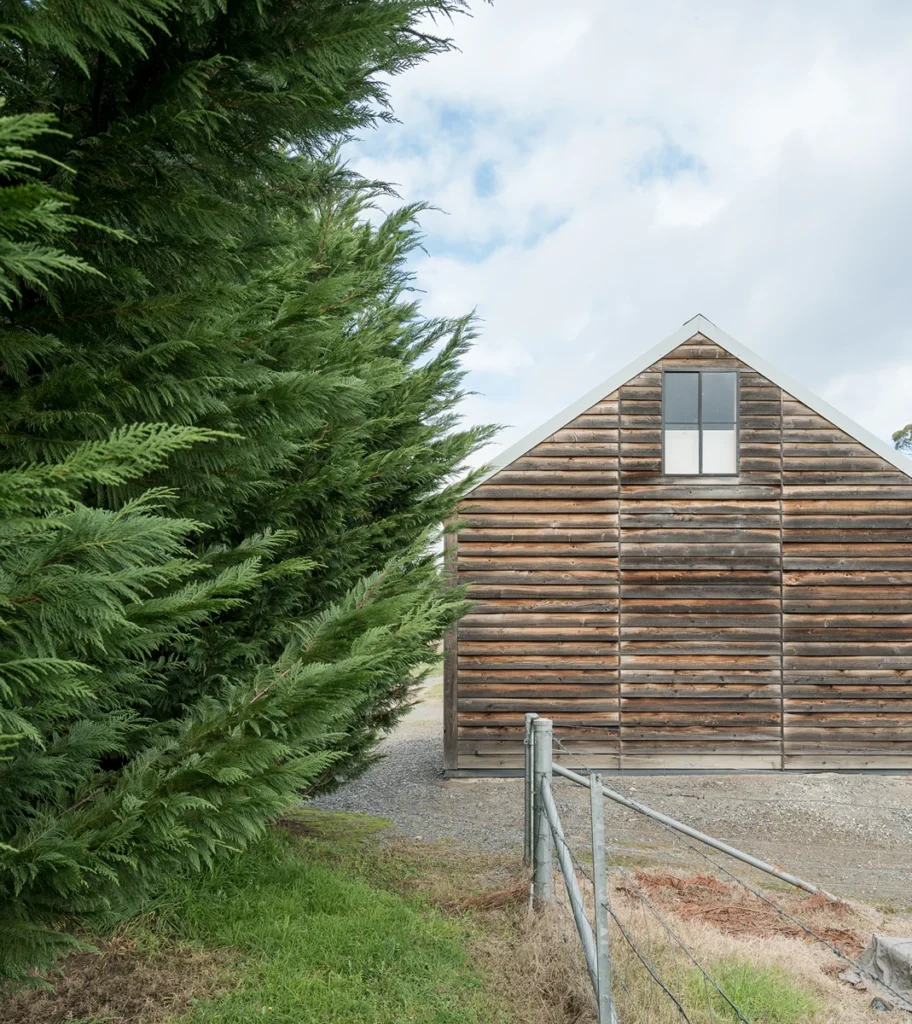Building an off-grid cabin is a rewarding project that allows you to create a self-sufficient lifestyle free from reliance on public utilities. Whether you’re seeking a remote retreat or a sustainable living solution, constructing a self-sustainable off-grid cabin requires careful planning and the right resources. This guide covers essential aspects of building your cabin, including renewable energy sources, water supply, waste management, and sustainable materials.
Choosing the right location for your off-grid cabin
The location of your off-grid cabin is one of the most important decisions you’ll make. Look for a site that offers access to natural resources like sunlight, water, and wind, as these will be essential for generating power and collecting water. Ensure the land is stable and suitable for building, and consider factors like soil quality, elevation, and proximity to roads for easy access. Privacy and a peaceful environment are also key considerations for choosing the ideal location for your self-sustainable cabin.
Utilising renewable energy sources
Powering your off-grid cabin with renewable energy is a cornerstone of sustainable living. Solar and wind energy are the most common sources for generating electricity in remote locations. Solar power systems, consisting of photovoltaic panels, an inverter, and batteries, are a popular choice for off-grid cabins. These systems capture sunlight and store energy for use during cloudy days or at night. In areas with consistent wind, a wind turbine can be a valuable addition, complementing solar power by providing electricity when the sun isn’t shining. To ensure you always have power, consider a backup generator that runs on biofuel or propane, which can be used during prolonged periods of low sunlight or wind.



Setting up a reliable water supply
A reliable water source is essential for off-grid living. Depending on your location, you may have access to a natural water source, such as a spring or stream. Alternatively, you can collect rainwater or drill a well. Rainwater harvesting involves installing a system with gutters, downspouts, and storage tanks to capture and store rainwater. This collected water can be used for irrigation, washing, and with proper filtration, even drinking. If groundwater is accessible, drilling a well can provide a consistent supply, but it’s important to secure the necessary permits and test the water quality before use. For all water sources, a comprehensive filtration and purification system is essential to ensure safe and clean water for drinking and cooking.
Implementing efficient waste management systems
Proper waste management is crucial for maintaining a clean and healthy living environment in an off-grid setting. Composting toilets are a sustainable solution for managing human waste without the need for water. These toilets decompose waste into compost through aerobic decomposition, which can then be safely used in non-edible gardening. For greywater from sinks, showers, and washing machines, a greywater system can be set up to filter and recycle the water for irrigation or toilet flushing. If space permits and local regulations allow, a septic system can manage blackwater waste, offering a more traditional solution for waste disposal. Each option requires careful planning to ensure it meets your needs and complies with local environmental regulations.
Selecting sustainable building materials
Choosing sustainable materials for your off-grid cabin reduces environmental impact and improves the cabin’s longevity and efficiency. Look for locally sourced, renewable, and non-toxic materials. Some options include:
- Reclaimed Wood: Use reclaimed or salvaged wood for design elements and interior finishes. It adds character and reduces the demand for new lumber.
- Natural Insulation: Insulate your cabin with natural materials like sheep’s wool, straw bales, or cellulose made from recycled paper. These options provide excellent thermal performance and are environmentally friendly.
In addition to these options, consider using eco-friendly flooring materials such as bamboo, cork, or reclaimed hardwood.



Designing for energy efficiency and comfort
An energy-efficient design helps keep your off-grid cabin comfortable while minimising energy consumption. Start by positioning your cabin to maximise sunlight during winter and minimise heat gain in summer. Large south-facing windows can capture natural light, while thermal mass materials like concrete or stone can store and release heat to maintain a stable indoor temperature. To promote airflow and natural cooling, design your cabin with strategically placed windows and consider adding vents or a solar-powered fan for additional air circulation. Proper insulation of walls, floors, and the roof is crucial to reduce the need for heating and cooling, ensuring your cabin remains comfortable throughout the year.
Enjoying the benefits of off-grid living
Building a self-sustainable off-grid cabin is a challenging but rewarding experience. With the right planning, materials, and mindset, you can create a comfortable and environmentally friendly retreat that provides independence from conventional utilities. Embrace the freedom and simplicity of off-grid living while reducing your environmental footprint and enjoying the peace and beauty of a self-sufficient lifestyle.
Ready to build your own self-sustainable off-grid cabin?
Download our Design Price Guide and start today.

Already downloaded our Design Price Guide and ready to take the next step?
Let’s meet. Book a callback from one of our friendly team.
